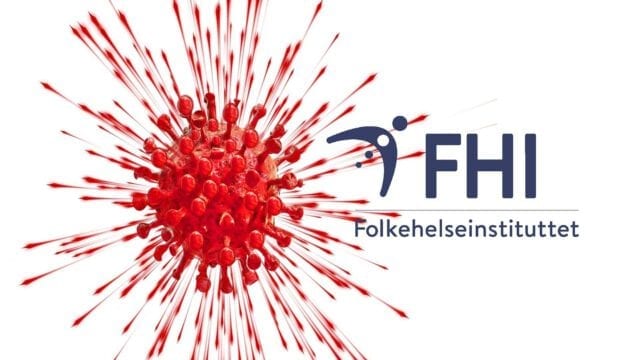The National Institute of Public Health already has the best capacity for so-called whole genome sequencing in Europe, along with the UK, Denmark and Iceland. Whole genome sequencing is used for pandemic monitoring and targeted analysis where changes to the virus are suspected.
Slightly more than 5% of samples from all contamination in Norway are monitored by the FHI reference laboratory. To date, a total of about 2 percent of positive coronavirus test results have been completely gene sequenced. In recent weeks, this figure has risen to around 3 percent due to increased demand and method development. Now this share will be up to 10 percent and monitoring is being strengthened.
Information on traveling through Sweden to Poland
The analytical capacity and monitoring of the coronavirus are strengthened by three main measures.
The FHI is increasing its own analytical capacity and is in dialogue on cooperation with the Norwegian Sequencing Center and the OUS (Oslo universitetssykehus HF) on whole genome sequencing. Introduce and scale up the method with targeted faster sequencing. The FHI is working on introducing a PCR-based screening test for the English variant of the virus. Whole genome sequencing is time consuming. According to the methodology used so far, it takes at least 5-6 days for the samples to be checked by machines, in addition to pre- and post-work data and analyzes.
. Changing the testing method
Last week, the FHI developed a new methodology. It provides faster, targeted sequencing of certain areas of the virus (for example, to look for an English variant of the virus), where the actual analysis takes 2-3 days. Thanks to this method, we increase the efficiency by more than three times internally.
- In addition, we will consider rapid screening tests (PCR) to detect the coronavirus. So that hospital laboratories can detect the English variant of the virus directly. Hopefully next week (week 4) we'll have a method recommendation ready, says Gun deputy director Peggy Knudsen of FHI.
We strengthen communication with municipalities
So far, NIPH has immediately informed the municipality about the positive findings regarding the English variant.
- We will now be in close dialogue with the communes in the country. First and foremost to find out how we can strengthen communication about all types of test results, says Knudsen
“Among other things, we will increase our ability to deliver feedback faster to municipalities. Priority priority was given to those who sent samples suspected of the English variant of the epidemic and where nothing was found ”- he adds.
Testing, isolation, quarantine and tracking infections
- We understand that there is impatience in the municipalities. However, it's important to remember that established measures are most effective at limiting the spread - testing, isolating, quarantining, and tracking infections. Genome sequencing is an addition to give you clues as to how the epidemic will develop, Knudsen says.
Analyzes are in progress. Priority is given to outbreak analyzes with suspected English variant
Last weekend, 22-24, we received a large number of samples (approx. 350). January from Nordre Follo, which is mapped for a possible connection to the English virus variant cases tested there. Analyzes are ongoing and responses are expected from Monday 25 January and continuously for the next few days.
Source: fhi.no




